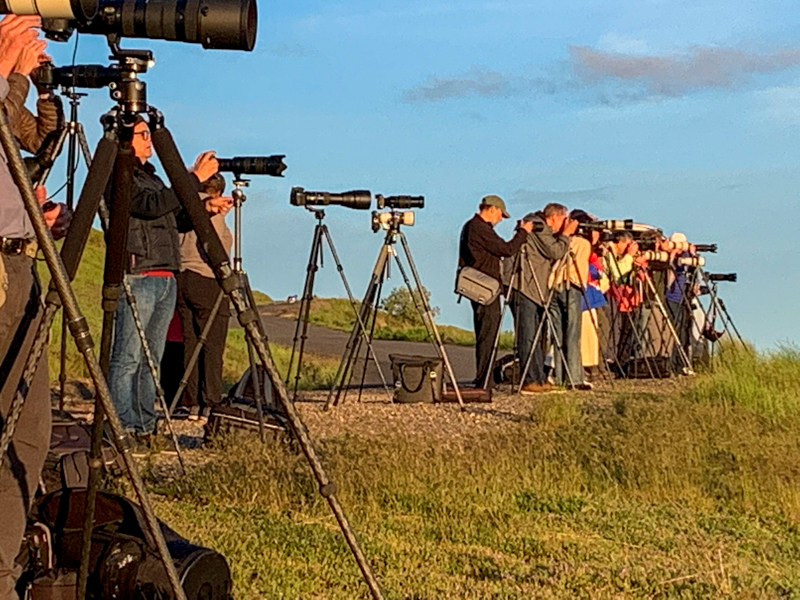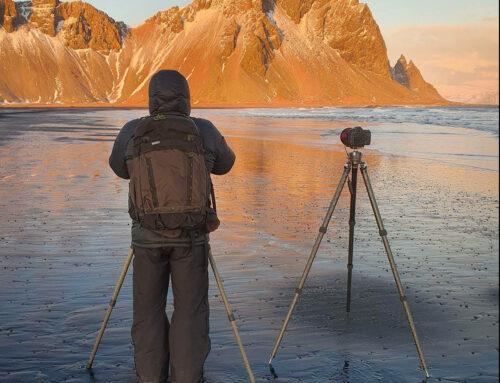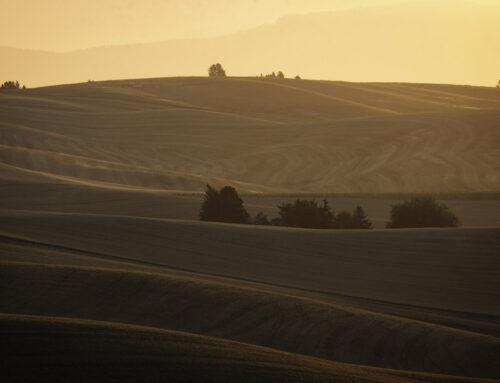It’s 2024, are tripods dead? With the amazing technology in our cameras and lenses, do we really need tripods any more? We can now get 5-7 stops of image stabilization in our cameras, allowing us to get tack sharp images handholding at much lower shutter speeds than just a few years ago. So why lug around a clunky tripod that is heavy, cumbersome to use and generally a pain in the butt? Well I’m here to say that I don’t think tripods are dead and will give you some thoughts about why you SHOULD use a tripod to create more amazing, beautiful images. I’ve written about this topic before and I wanted to re-examine it with the most current thinking and technology.
I believe that great photographs are a mixture of technical and creative aspects. You need good technical execution, and, good creative vision/execution to produce a great photograph. Now I have seen some amazing images from photographers who choose to handhold their camera. Really great stuff! I don’t want to diminish their work at all. For many folks though, I would propose that handholding can be a disservice to their photography by limiting the creative side of the photography equation. So I would say “no” to the question are tripods dead yet.
Reduce ANY chance of motion blur
- Even with the most advanced IS systems, there are moving parts involved which could introduce some chance of motion blur artifacts. If you use a tripod and can turn off IS, you take this potential cause off the table
- Of course, we ourselves have tiny movements and it’s possible to overwhelm or confuse some IS systems, letting some motion be transferred to the image.
Using a tripod and shutter release or timer, moving your hands away from the camera is the BEST way to minimize any chance of introducing motion blur
Using Long Lenses
- When you use long lenses at extended focal lengths, motion can be exacerbated just by the sheer length of the lens.
- Tiny tremors at the camera body can be amplified greatly by the time that motion reaches the end of the lens barrel. No matter how steady you think you are, shooting at 400mm and more can cause wild swings at the end of the lens barrel.
Using a tripod for a sturdy support will reduce or eliminate motion shake at the end of the lens barrel. This is assuming; 1. Your tripod is stable 2. You are NOT using the center column 3. The bullhead can support the weight/leverage of the longer lens.
Low Light / Long Exposures
- Tripods are mandatory for shooting in low light situations (pre-sunrise) and long exposures!
- Shooting water motion, cloud motion, time lapse or stars absolutely require a tripod
- 1 second, 5 seconds, 2 minutes…no IS system can eliminate motion for such long times
If you shoot subjects that require long exposures, you know you have to have a tripod! Tripods are not dead yet for this reason alone!
The above reasons are more on the technical side of why you should use a tripod. Granted the camera companies are working their hardest to eliminate any objections on the technical side above and they are doing a great job of it. But what they can’t do is program solutions for the more creative side of the equation for using tripods. For this reason
Evaluation of Composition
- Composing using a tripod affords you the time to get it “just right” in camera before you push the shutter button
- Can do “edge patrol” looking for any unwanted elements poking in around the border
- You can critically evaluate balance, visual weight, flow, positioning of elements, overall composition, etc. with ease as the camera doesn’t change position on a tripod.
- Easily make slight adjustments to composition without having to recompose due to tired arms!
When you are handholding, you often don’t have the energy or patience to hold your camera up to your eye for a minute or more to properly scan and evaluate the composition. People simply don’t do this. And even if you had the arm strength and patience to do it, invariably we move and shift our bodies thereby slightly altering the composition. So having your camera on a tripod helps you do the best job in composition that you can, giving you the luxury of the camera not moving while you evaluate the compositional elements.
Slows You Down
Working with a tripod has the effect of slowing down your whole process, which is a good thing for creating more meaningful photographs! I’ve observed that many people (you may be different) feel a certain pressure when holding a camera. Since they are holding it, they feel they should be shooting pictures. This pressure causes them to be constantly moving and not fully digesting a particular spot, shooting a picture and then moving on to the next. In extreme cases, it turns in to “spray and pray” as people walk through an area. Being on a tripod removes this pressure to perform because you’re holding a camera and allows you to open up to your chosen comp and explore it to the fullest.
- Affords you time to look around and assess/evaluate the location
- Slowing down helps you connect with your environment and subject in a more enriching way, possibly finding a deeper story about the subject, or just heightening the experience of being on location.
- It might help you spot a better composition or small details or nuances in the location that you might not notice if you’re rushing around with a camera to your eye.
No Tripod Times
There are times when I do not use a tripod and I’m OK with that. There are always exceptions to everything and tripod use has it’s exceptions for me.
- I often take test shots on location seeing how different angles or heights for a comp might “feel” to me. I like to walk around with a camera as I’m scouting to help me interpret and dissect compositions before getting to the serious work.
- Some wildlife situations I do not use a tripod. Moving animals with enough bright light for a fast shutter speed I might leave my tripod stowed in order to be responsive to the animal
- I shoot motorsports occasionally and in this environment, I rarely use a tripod or monopod, instead handholding with a fast shutter speed.
- Intentional Camera Movement. Of course we want the camera to move, so I typically handhold my ICM shots.
Dangers of Tripods
Certainly there are some dangers to using tripods that I think everyone should be cognizant of and account for them when in the field.
- Tripods can anchor you to one specific spot. When you put your tripod down, you decrease your chance of moving, even slightly, to a different location or even angle on your subject
- Before I put down my tripod, I spend considerable time walking around the area scouting my comps before anchoring myself to a particular location.
- Similarly after I’ve set my tripod down to work a comp, I will be aware of the anchor and offset it with a mental willingness to change locations, even if it’s just a few inches.
- Being anchored can impede ones free-flowing creativity they might experience by walking around with a camera.
- This is very valid for a lot of people and can really be an enjoyable experience and I don’t want to dissuade you from doing it. But as I said above, there is a danger to just free-wheeling walking around with the camera
- Frustration using a tripod could lead to sub-optimal usage
- Being frustrated with adjusting the tripod can cause folks to just “settle” for a height or angle, even though it’s not the best. I’ve seen this over and over again in the field, even to the point people get so frustrated that they stop using the tripod altogether!!!
- Having a tripod that you are comfortable using, that performs what you need it to do well, are the keys to not being frustrated in using it.
So are tripods dead? I hope that you can see from the above that I still think there is an incredible use case for continuing to use a tripod. Technically the camera manufacturers have done a great job with image stabilization and making handholding a very appealing proposition. Technically speaking, there are fewer and fewer reasons to use a tripod. However, creatively, I still think there is a HUGE benefit for using a tripod, giving you the time to compose, scan and evaluate, adjust and then execute the composition without the camera ever moving.
Long Live the Tripod!






Leave A Comment